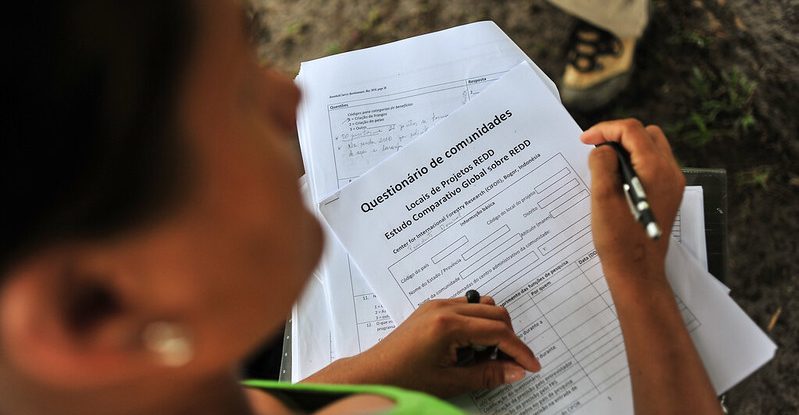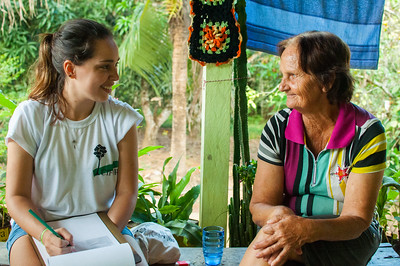Brazil’s journey in environmental conservation is one of a kind. The country once successfully reduced the deforestation rate in Amazonia by 84 percent, from a historical peak in 2004 of 27,772 km2 to only 4,571 km2 in 2012, an extraordinary feat among tropical countries. Yet, from then on Brazil struggled to keep the positive streak alive until in 2020 it recorded the greatest deforestation in a decade, according to a study published in Nature.
As its area comprises the largest territory of the Amazonia — approximately 60 percent — Brazil has an enormous task to keep this ecosystem alive and functioning. The Amazon rainforest is vital to the fight against climate change and global warming. Aside from storing a massive amount of carbon, the Amazon also regulates water cycle, climate, and other functions that contribute to sustaining life on Earth.
Brazil’s success a decade ago was a result of multiple government initiatives, international pressure and successful funding mechanism for environmental conservation. “At that time, there were also discussions on REDD+, how to set that up and operationalize that,” said Richard van der Hoff, a visiting professor at the Federal University of Minas Gerais and CIFOR-ICRAF’s country coordinator for Global Comparative Study on REDD+ project in Brazil.
Brazil’s journey depicts the complexity of environmental conservation programs and how sensitive it is to factors like political will and funding mechanisms. The Brazilian Amazon Fund, founded in 2008, was one of the largest results-based-payment schemes for Reducing Emissions from Deforestation and Forest Degradation (REDD+) in the world. During its heyday, the Brazilian Amazon Fund garnered more than $1 billion dollars in funding from Norway and Germany, among others.
The funding was then channeled to various projects to reduce deforestation until it was paralyzed in 2019, under President Jair Bolsonaro’s government. “This created some frictions with the donors, as they were satisfied with the work of the Amazon Fund. So, no donations were made since 2019,” said van der Hoff.
On the other hand, the deforestation rate in the Brazilian Amazon has started rising since 2012 and eventually exceeded 13,000 km2 in 2021, higher than the baseline used to calculate Brazil’s performance in reducing deforestation. “Brazil will not be able to capture the payment because there is no result. So, payments to the Amazon Fund would have dried up independently of the political friction that happened.”
Nevertheless, several funding mechanisms for forest conservation are being pursued in Brazil, including the funding from the Green Climate Fund and the LEAF Coalition. These provide opportunities for Brazil to go back to its course in protecting the Amazon rainforest.
Listen to the full conversation about Brazil’s REDD+ financing in this episode of Let’s Talk Trees.
Related publication:
We want you to share Forests News content, which is licensed under Creative Commons Attribution-NonCommercial-ShareAlike 4.0 International (CC BY-NC-SA 4.0). This means you are free to redistribute our material for non-commercial purposes. All we ask is that you give Forests News appropriate credit and link to the original Forests News content, indicate if changes were made, and distribute your contributions under the same Creative Commons license. You must notify Forests News if you repost, reprint or reuse our materials by contacting forestsnews@cifor-icraf.org.




